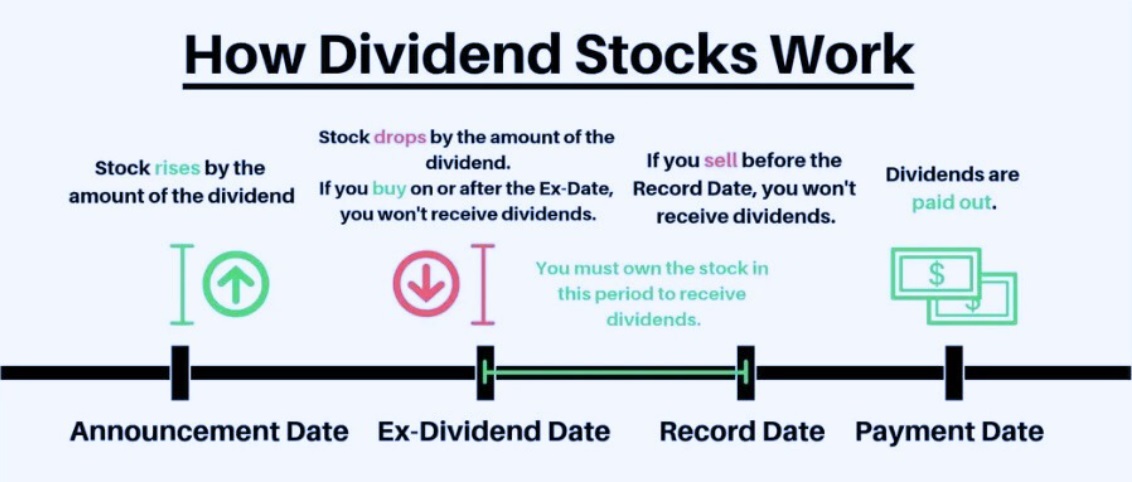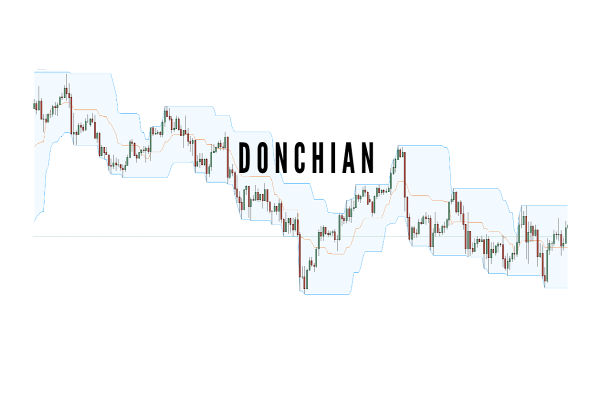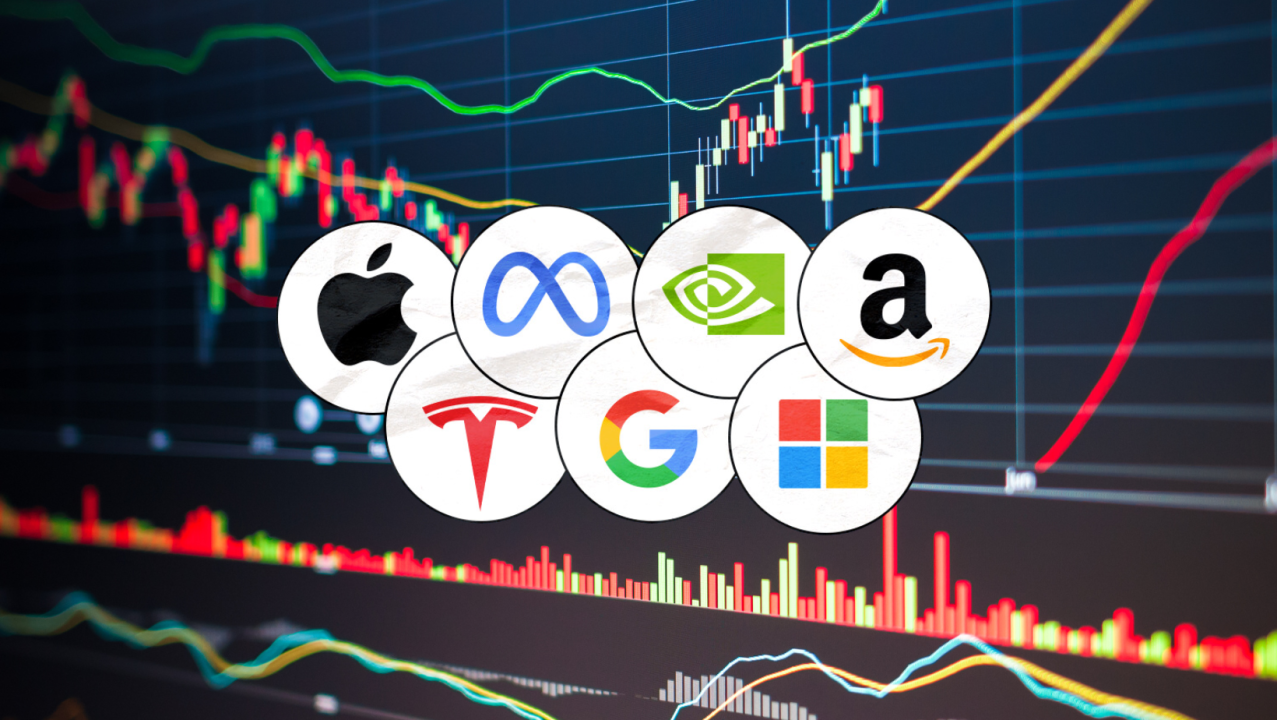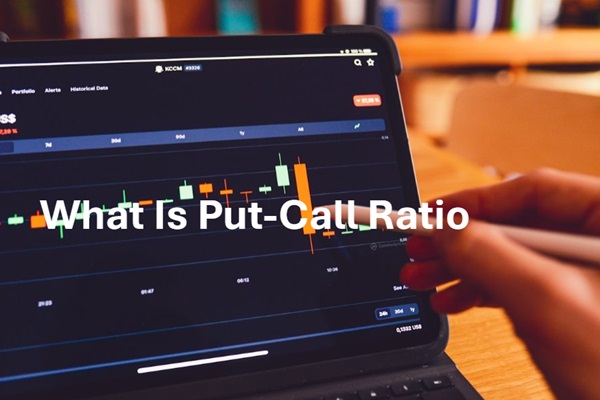For many traders, the idea of making money from stocks without having to sell them sounds like a dream. That's exactly what dividend stocks offer—a way to earn regular income while still holding onto your shares. If you're new to the world of dividends, this guide will walk you through what they are, why they matter, and how to choose the right ones for your portfolio.
 What Are Dividend Stocks?
What Are Dividend Stocks?
At their core, dividend stocks are shares of companies that pay out a portion of their profits to investors. Instead of keeping all their earnings to reinvest in the business, these companies distribute some of their profits in the form of dividends—usually as cash payments, though sometimes as additional shares.
There are a few different types of dividends:
Cash Dividends – The most common type, where companies pay investors a set amount per share they own.
Stock Dividends – Instead of cash, investors receive extra shares.
Special Dividends – A one-off payment, often given when a company has an exceptionally strong financial period.
Many well-established companies, especially those in sectors like consumer goods, utilities, and healthcare, are known for paying regular dividends. These are often stable, profitable businesses with predictable earnings—qualities that make them attractive to investors looking for steady returns.
Why Invest in Dividend Stocks?
So, why should you care about dividend stocks? For starters, they offer a unique combination of income and growth potential. Unlike growth stocks, which rely solely on share price appreciation, dividend stocks provide a steady stream of income regardless of market conditions. This makes them particularly appealing during times of market volatility when share prices might fluctuate wildly.
But there's more to it than just stability. Dividend stocks are often associated with well-established, financially stable companies. These are businesses that have stood the test of time—think giants like Coca-Cola, Johnson & Johnson, or Procter & Gamble. By investing in these companies, you're not just betting on their future growth; you're also tapping into their proven track record of profitability.
Another advantage is the power of compounding. When you reinvest your dividends—either manually or through a dividend reinvestment plan (DRIP)—you're essentially putting your money to work. Over time, this can lead to exponential growth in your investment portfolio. Imagine earning dividends on the dividends you've already received. It's like a snowball effect, where your wealth grows faster and faster as time goes on.
What to Look for in a Good Dividend Stock
Not all dividend stocks are created equal. Some offer high yields but aren't sustainable, while others provide steady, growing payouts over time. To separate the good from the bad, here are some key factors to consider:
Dividend Yield – This is the percentage of the stock price paid out in dividends each year. A yield that's too high (above 8-10%) could indicate financial trouble, so it's important to balance high returns with sustainability.
Payout Ratio – This measures how much of a company's earnings go toward dividends. A ratio above 80% could be a red flag, as the company might struggle to maintain its payouts in tough times.
Dividend Growth – Companies that have consistently increased their dividends over the years (like the Dividend Aristocrats) show financial strength and a commitment to rewarding investors.
It's also essential to look at the company's overall financial health. Strong earnings, manageable debt, and a reliable business model are all signs that a company can sustain its dividends in the long run.
Finding Opportunities in Dividend Stocks
When building a dividend-focused portfolio, it helps to focus on industries known for their reliable payouts. Certain sectors tend to offer higher and more stable dividends than others, mainly because their businesses generate consistent revenue regardless of economic conditions.
For example, utilities like National Grid often have strong dividend track records, as people will always need electricity and gas. Similarly, companies in the consumer staples sector—such as those producing household goods, food, and beverages—maintain steady earnings, making them attractive for dividend investors. Real estate investment trusts (REITs) also stand out, as they are legally required to distribute most of their earnings as dividends.
Within these sectors, companies with a long history of increasing dividends tend to be safer bets. Businesses like Procter & Gamble and Coca-Cola have managed to grow their payouts for decades, demonstrating financial strength and resilience. These aren't necessarily the highest-yielding stocks, but they prioritise sustainable, long-term dividend growth rather than short-term payouts.
While it's tempting to go for stocks with the highest yields, a more balanced approach—mixing high-yield stocks with those that offer reliable dividend growth—can help create a more stable income stream over time.
In conclusion, dividend stocks offer a unique combination of passive income, stability, and long-term growth potential. Whether you're looking for steady cash flow or a way to build wealth gradually, they can be a valuable addition to your portfolio. The key is to choose companies with sustainable dividends and strong financials, ensuring that your investments continue to grow over time.
Disclaimer: This material is for general information purposes only and is not intended as (and should not be considered to be) financial, investment or other advice on which reliance should be placed. No opinion given in the material constitutes a recommendation by EBC or the author that any particular investment, security, transaction or investment strategy is suitable for any specific person.


 What Are Dividend Stocks?
What Are Dividend Stocks?



